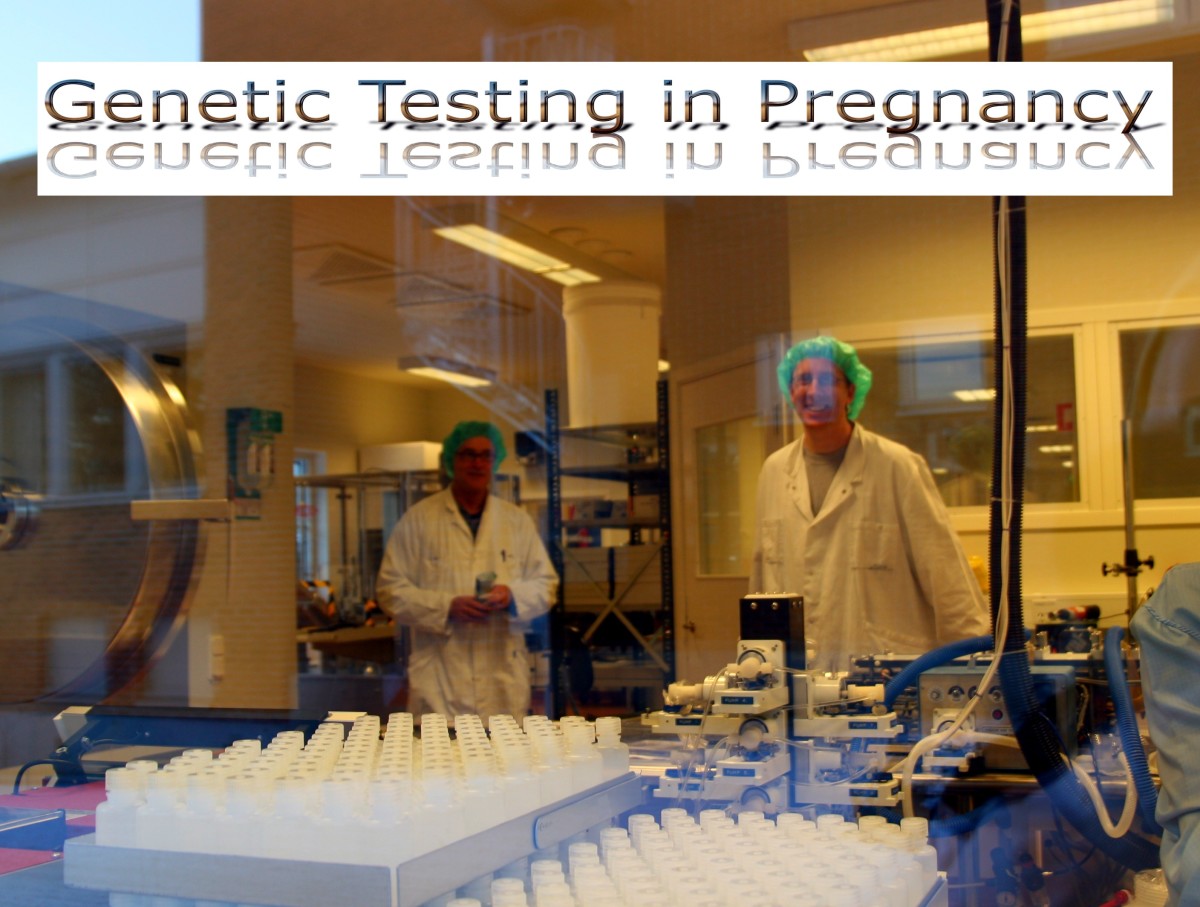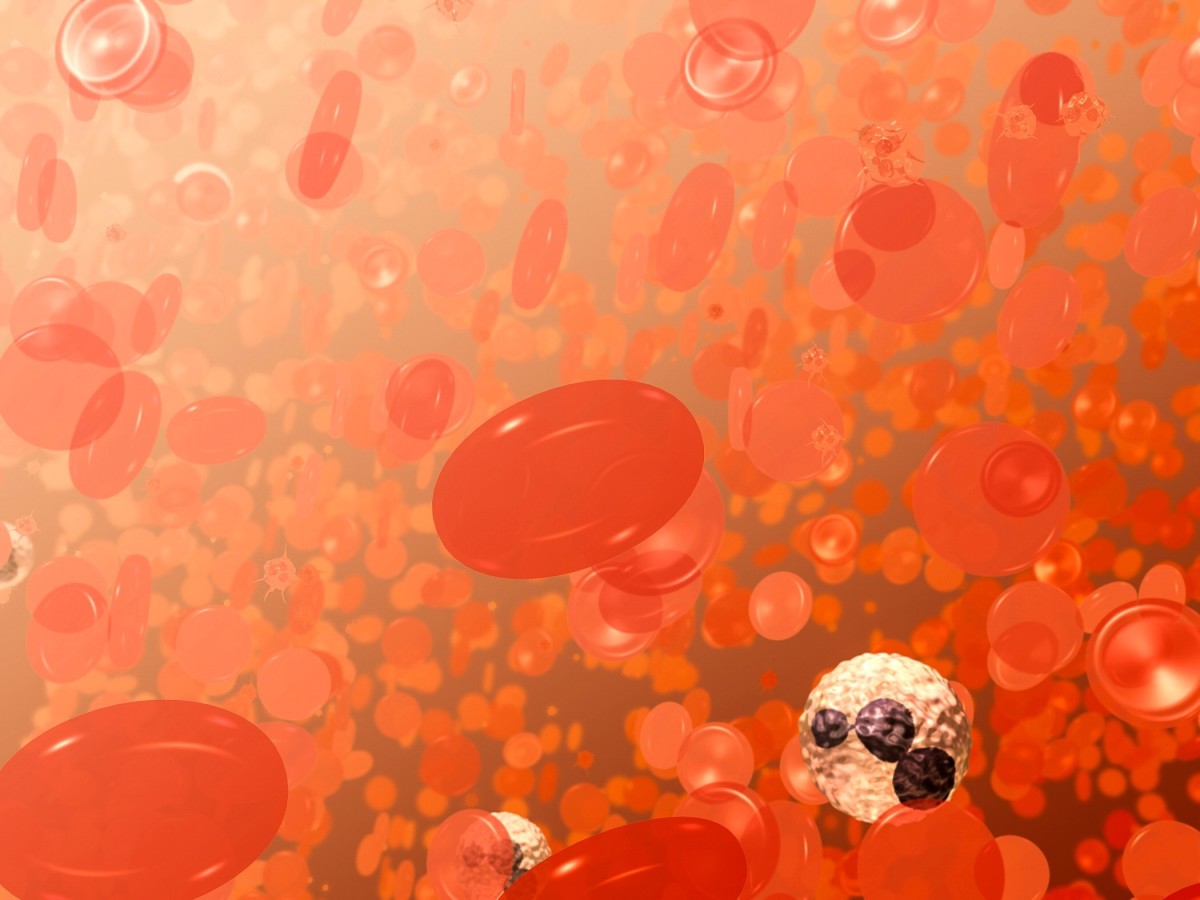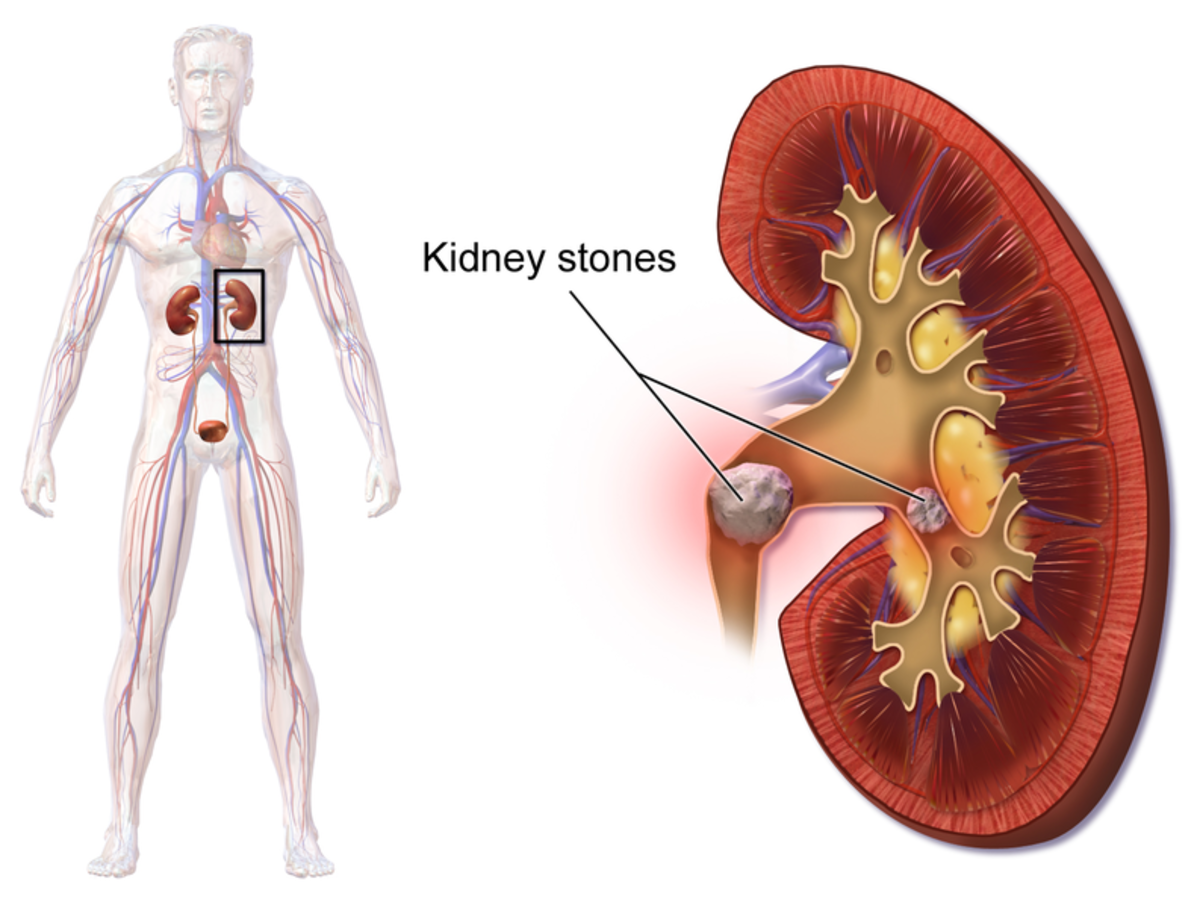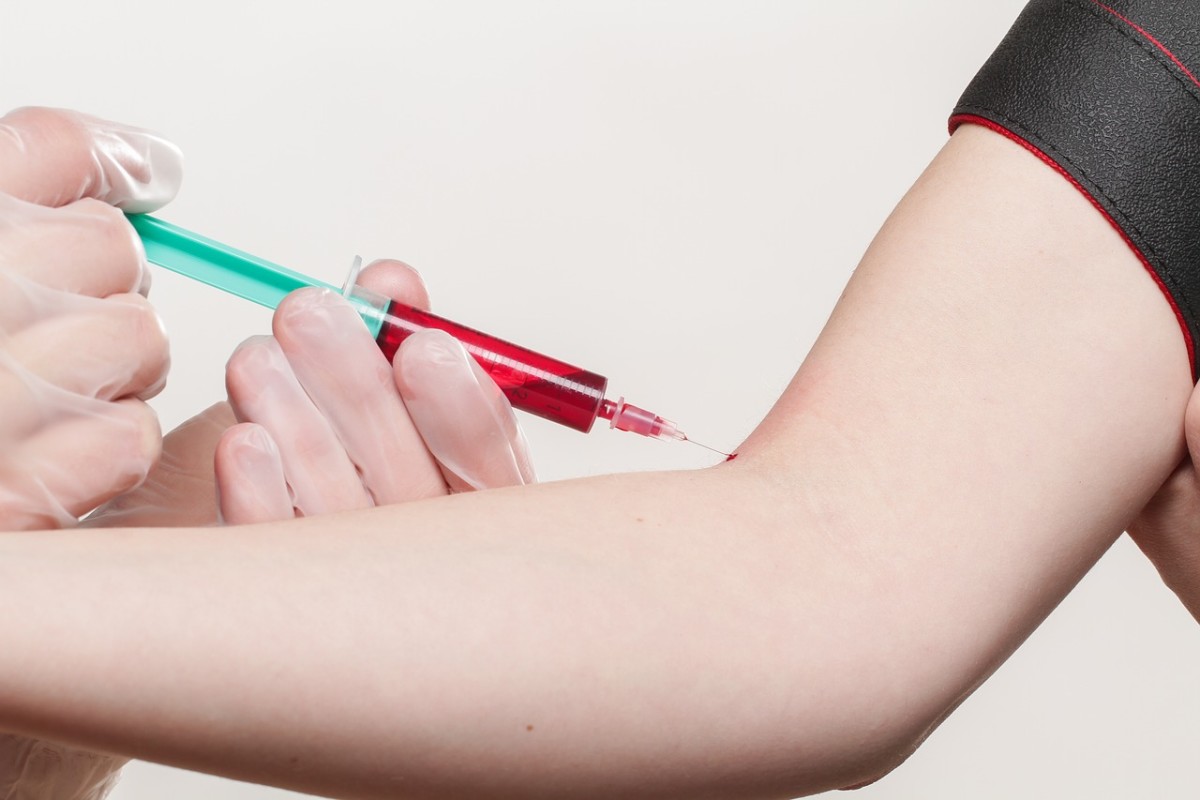Further Tests For Platelet Function And Test For Coagulation
Taking A Blood Sample For Test
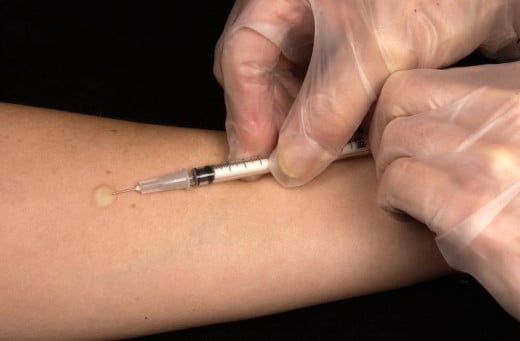
Test For Platelet Function
From previous articles, it is discussed that hemorrhagic disorders can be detected in the lab via screening tests one of which is the platelet count. But platelet function can also be determined through these various tests: bleeding time, Hess’ tourniquet test, platelet aggregometry and tests for platelet adhesion.
Bleeding time (Ivy): A blood pressure cuff is inflated to 40 mm Hg and three pricks 1 mm deep are made. As a refinement of the test, a template may be used to give a standard 1cm long incision. The time required for arrest of bleeding is recorded. Normally, capillary bleeding is arrested within 10 min, by local vasoconstriction and platelet aggregation. Prolongation beyond 12 min is definitely abnormal. In dysfunction of platelets and capillaries, the bleeding time is prolonged. Common causes of prolongation of the bleeding time are thrombocytopenia (platelet count below 100,000/cmm), thrombopathies, von willebrand’s disease, scurvy etc.
Hess’ Tourniquet Test: A blood pressure cuff tied round the arm is inflated to 90 mm Hg and kept for 5 min and released. This allows arterial blood to go distally, but prevents venous blood from returning. The venules and capillaries are distended and in the presence of platelet or vascular dysfunction, they rupture and manifest as purpura. Appearance of more than 30 spots (when examined with a hand lens) within a circle of 2.5cm diameter is considered a positive test. Hess test is positive in thrombocytopenia, thrombocytopathy and disease of the capillaries. This test is less reliable than the bleeding time and hence abandoned in many centers. But a positive test is a good clinical indicator of a purpuric disorder.
Platelet aggregometry: This is an in vitro test to determine the ability of the platelets to aggregate in platelet-rich plasma. This phenomenon can be studied spectrophotometrically or using an aggregometer.
Tests for platelet adhesion: This can be studied in vivo, by doing the platelet counts in venous blood and in blood collected from a superficial cut, and finding out the proportion of platelets sticking to the vessel wall. The same test can be performed in vitro, by noting the proportion of platelets adhering to a column of standard glass beads, through which blood is passed.
Blood Tests
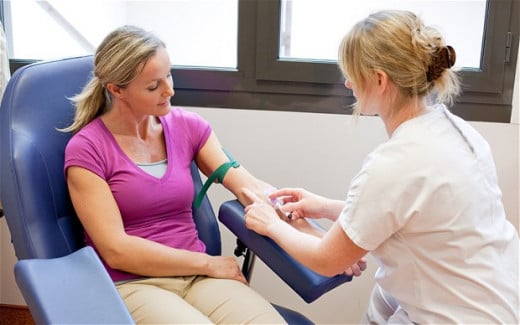
Test for Coagulation
Clotting time (Coagulation time- Lee and white): One milliliter blood is drawn into each of three clean dry test tubes and clotting time for each test tube at room temperature is noted and the values are averaged. Normally, clotting occurs in 5-7 min. Prolongation beyond 10 min is abnormal. Clotting time is prolonged in hemophilia, Christmas disease, presence of circulating anticoagulants, hypofibrinogenemia and secondary deficiencies of coagulation factors. Clotting time is prolonged only when the defect is gross and therefore it is not reliable when the disorder is mild.
Clot retraction: When kept at room temperature, the clot retracts and the serum separates within two hours. When the platelet number is grossly deficient or platelet function is defective, clot retraction is impaired. Normally, the serum expressed measures 55-65% of the total quantity of blood.
Prothrombin time (Quick’s): This test evaluates the production of thrombin and fibrin polymers by the extrinsic coagulation pathway. Prothrombin time is prolonged whenever factors VII, X or V, prothrombin, or fibrinogen are reduced to levels below 30% of normal. Normal prothrombin time is 10-12 seconds.
Partial thromboplastin time (PTT): Activated partial thromboplastin time (APTT) measures the time required for the formation of thrombin and fibrin polymers by the intrinsic pathway. Normal APTT is 35 sec. Value of APTT rises whenever the levels of one or more of the coagulation factors other than factor VII is reduced below 30% of the normal.
Identification of deficiencies of coagulation factors is done by estimating APTT in the patient’s plasma and repeating the test with added plasma with known defects, till APTT is corrected. Assay of factors XII, XI, IX and VIII-C, prekallikrein and high molecular weight kininogen is done by modified APTT test.
Till the advent of the modern tests, the deficiency of coagulation factors was determined by the thromboplastin generation test which is seldom used at present.
© 2014 Funom Theophilus Makama





